Planting shepherd's purse with high benefit and large-scale planting technology
From "what you grow and eat" to "what you eat"-- the transformation of wild shepherd's purse enlightens the reform of agricultural supply side
The fresh wild vegetables, which were originally grown by the roadside of the ditch, were favored by the tip of the tongue of the public, which immediately triggered large-scale planting in the field, which in turn led to a large number of farmers to increase their income and become rich. The gorgeous "transformation" of a wild shepherd's purse reflects that agricultural production in some areas is upgrading from "what to grow" to "what to eat", and it has also become a vivid footnote of the current agricultural supply-side reform.
Shepherd's purse, also known as nursing grass, chicken cabbage, pure intestine grass. Because shepherd's purse has rich nutritional value, it has attracted many consumers to buy. Under the strong demand of the market, the number of farmers planting shepherd's purse begins to increase gradually. For beginners who grow shepherd's purse, when to plant shepherd's purse and what are the most frequently asked questions. The following editor will give you a detailed introduction:
When will shepherd's purse be planted
Artificial cultivation is mainly leaf shepherd's purse and loose leaf shepherd's purse, which is available in spring, summer and autumn. Spring cultivation sows from late February to late April, summer cultivation sows from early July to late August, and autumn cultivation sows from early September to early October. It is feasible to cultivate in two seasons in North China, sowing from early March to late April in spring and from early July to mid-September in autumn. Cultivated in plastic greenhouse or solar greenhouse, the seeds can be sown at any time from early October to early February of the following year.
Field management
Under normal climate, seedlings can be seeded in 5-7 days in spring and 3 days in summer and autumn. Before emergence, water should be watered frequently to keep the soil moist in order to publish seedlings. After emergence, pay attention to proper irrigation, keep moist, do not make the drought, pay attention to drainage and waterlogging in the rainy season. If there is mud splashing on the leaves or hearts of cabbage in the rainy season, wash the mud off in the early morning or evening so as not to affect the growth of shepherd's purse. Autumn sowing of shepherd's purse should be properly controlled before winter to prevent the growth of apprentices so as to survive the winter safely.
Shepherd's purse cultivated in spring and summer, due to the short growth period, generally topdressing 2 times. The first time was in 2 true leaves, and the second time was 15-20 days apart. Each time per hectare of mature human feces and urine 22500 kg, or urea 150kg. The harvest time of autumn sowing shepherd's purse is longer, each harvest should be topdressing once, can be topdressing 4 times, the application amount is the same as spring sowing shepherd's purse.
The shepherd's purse plant is small, easy to mix with weeds and difficult to weed. For this reason, we should try our best to select plots with few weeds for cultivation, and we should often plough and pull up the grass in the management, so as to pull up early, pull small, pull up, and do not wait for the grass to press the seedling, or pull up the big grass to hurt the seedling.
Harvest time
The shepherd's purse sown in spring and summer grows faster, the days from sowing to harvest are generally 30-50 days, and the number of harvest is 1-2 times. Shepherd's purse sown in autumn is 30-35 days from sowing to harvest, and then harvested 4-5 times one after another, which can be delayed until the following spring in the Yangtze River basin.
When harvesting, a large plant with 10 to 13 true leaves was selected and dug out with roots. Leave the seedlings and seedlings to continue to grow. At the same time, pay attention to the dense plants first, and then the sparse places, so that the remaining plants are evenly distributed. Watering in time after harvest so that the remaining plants can continue to grow. The yield is 37500-45000 kg per hectare.
Planting method of shepherd's purse
First, variety. Wild shepherd's purse has different shapes and no fixed varieties due to different regions. At present, there are mainly two types of shepherd's purse: leaf shepherd's purse and flower leaf shepherd's purse. Plate leaf shepherd's purse, also known as big leaf shepherd's purse, leaf head thick, its leaves are large and thick, cold-resistant and heat-resistant, fast growth, early maturity, good appearance of commodity; but winter is weak, spring planting is easy to pick moss, generally cultivated in summer and autumn. Flower leaf shepherd's purse, also known as lobular shepherd's purse, broken leaf shepherd's purse, narrow and short leaves, more leaf villi, more heat-resistant, drought-resistant, strong winter, can be cultivated in spring and autumn.
2. Cultivation techniques
(1) selection and preparation of land: shepherd's purse has strong adaptability. In addition to planting in plots of land preparation, it can also be planted on ridges, idle beds behind wind barriers and on the edge of the land. If planted in pieces, it is best to choose plots with fewer weeds, and the previous crops are tomatoes, cucumbers, corn and garlic seedlings. Continuous cropping should be avoided. When preparing the soil, plough 15 cm deep, apply sufficient basic fertilizer, fine rake flat, make a 2 m wide (even trench) border, 15 cm high for drainage and irrigation.
(2) sowing: sowing is generally adopted. 0.75~1kg is used for spring sowing, 2~2.5kg for summer sowing and 1~1.5kg for autumn sowing. Spring sowing from late February to late March, summer sowing from late July to mid-August, and autumn sowing from early September to early October. Try to be uniform when sowing, and trample the border surface gently with your feet after sowing, so that the seeds are in close contact with the soil, so that the seeds can absorb water and emerge early. For example, during summer and autumn, new seeds harvested in the same year are sown, because the seeds are not yet out of the dormant period, they can not germinate until autumn. Therefore, when sowing in summer, the seeds are often put in a low temperature of 2-7 ℃ (refrigerator) and germinated before sowing.
(3) Field management: shepherd's purse has strong resistance, and few diseases and insect pests occur during the growth period; shepherd's purse likes cold climate, so it should be covered with shading net after sowing, which on the one hand plays a role of shading and cooling; on the other hand, it can also reduce the transpiration of water on the ground. open the net in the evening. Fertilizer and water management should be strengthened after emergence, the growth period of spring and summer sowing is short, topdressing is generally 1-2 times, and autumn sowing growth period is long, topdressing 3-4 times, every 667m2 diluted human and animal feces and urine 1500~2000kg. Shepherd's purse is planted with high density and requires a lot of water, so it should be watered regularly to keep the soil moist. During summer and autumn, after a thunderstorm, use a spray can to wash away the mud in the leaves or hearts of cabbage the next morning, otherwise it will affect the growth.
(4) harvesting: shepherd's purse is harvested properly, which can increase the output. Generally pick with a knife, leave the small pick big, but pay attention to the uniform collection. In places where seedlings are sparse, even large seedlings should be retained; in dense places, small seedlings should be picked and harvested, so that the remaining seedlings can grow evenly and increase yield. Shepherd's purse sown in spring and summer is generally 30-50 days from sowing to harvest, and harvested 1-2 times. The shepherd's purse sown in autumn is sown and harvested many times. In order to increase the yield and prolong the supply period, the shepherd's purse is harvested frequently and carefully, more in the dense place and less in the sparse place, so that the remaining shepherd's purse grows in a balanced way.
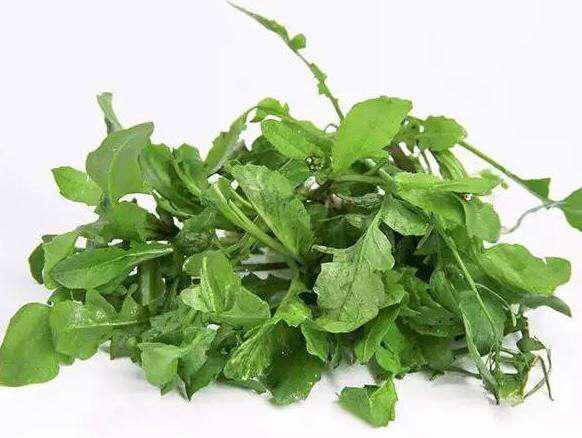

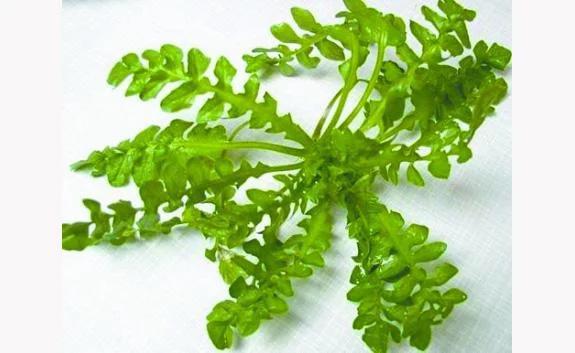
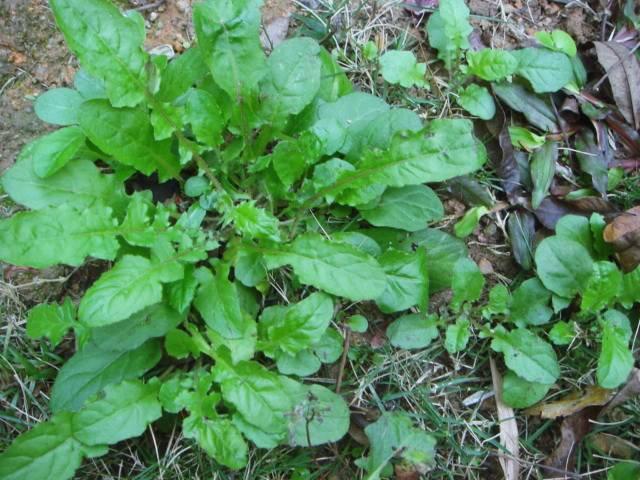
For more information on wild vegetable varieties, please follow the headlines of wild vegetables.
If there are agricultural friends around, you can forward the article to them, welcome to leave a message, no matter how small the individual also has the right to speak! Thank you
- Prev
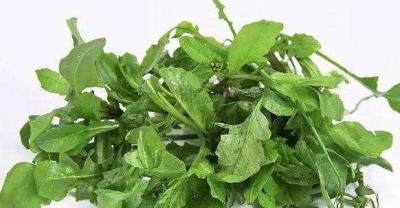
How to plant Prunus mume in potted plants
How to plant Prunus mume potted plants-- Lamei bonsai is a common bonsai, which can be enjoyed in winter if it is properly maintained.
- Next
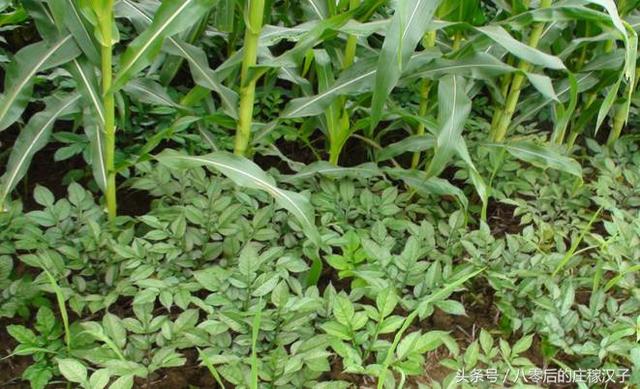
Scientific planting, new planting method of konjac
The main diseases in the growth and development of konjac are soft rot, white silk disease and root rot. The most harmful diseases are soft rot and white silk disease. Soft rot of konjac is bacterial.
Related
- Fuxing push coffee new agricultural production and marketing class: lack of small-scale processing plants
- Jujube rice field leisure farm deep ploughing Yilan for five years to create a space for organic food and play
- Nongyu Farm-A trial of organic papaya for brave women with advanced technology
- Four points for attention in the prevention and control of diseases and insect pests of edible fungi
- How to add nutrient solution to Edible Fungi
- Is there any good way to control edible fungus mites?
- Open Inoculation Technology of Edible Fungi
- Is there any clever way to use fertilizer for edible fungus in winter?
- What agents are used to kill the pathogens of edible fungi in the mushroom shed?
- Rapid drying of Edible Fungi

